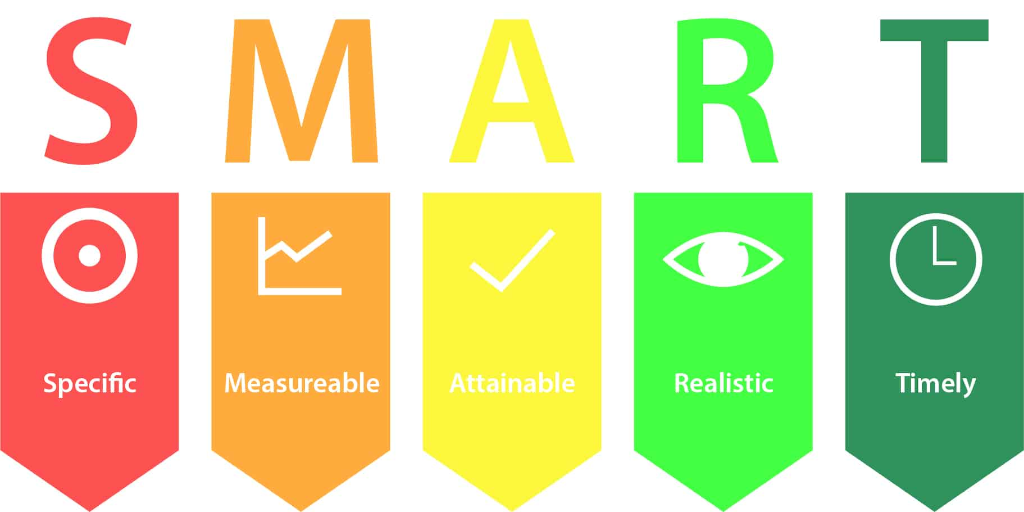"A well-written communication plan will help you achieve your business objectives and maximize your performance" - Axia, 6 Steps to Creating an Effective Communication Plan
A communication plan is an essential tool for ensuring your organization sends out clear, specific messages at the right time, to the right people, in the right way.
This Communication Plan Template Checklist will help you identify the key messages you need to send, who you're targeting those messages at, when you need to send these messages, and which channels to use.
Whether you're creating an internal communication plan, a marketing communication plan, or a crisis communication plan, this template will prompt you to think about the general principles around communication planning, which include:
- The company's goals and objectives
- The key messages you want to send, to help you meet the company goals and objectives
- The people you need to communicate these key messages to
- The optimum time to deliver these key messages
- The best way to reach your target audience
This checklist is to be used alongside your communication plan document. It's purpose is to gather data, come up with ideas, and define your audience, your key messages, timings, and channels of communication. Then, using the information you've gathered, you can write-up your plan.
Process Street is super-powered checklists.
It's easy to use business process management (BPM) software that allows you to create, document, and follow processes that will create efficiencies and increase productivity within your business.
Create a checklist template and run individual checklists for each member of your team. Check tasks off as you work through them, set deadlines, add approvals, assign tasks, and track each team member's progress.
You can also connect to thousands of Apps through Zapier and automate your workflows even more.









